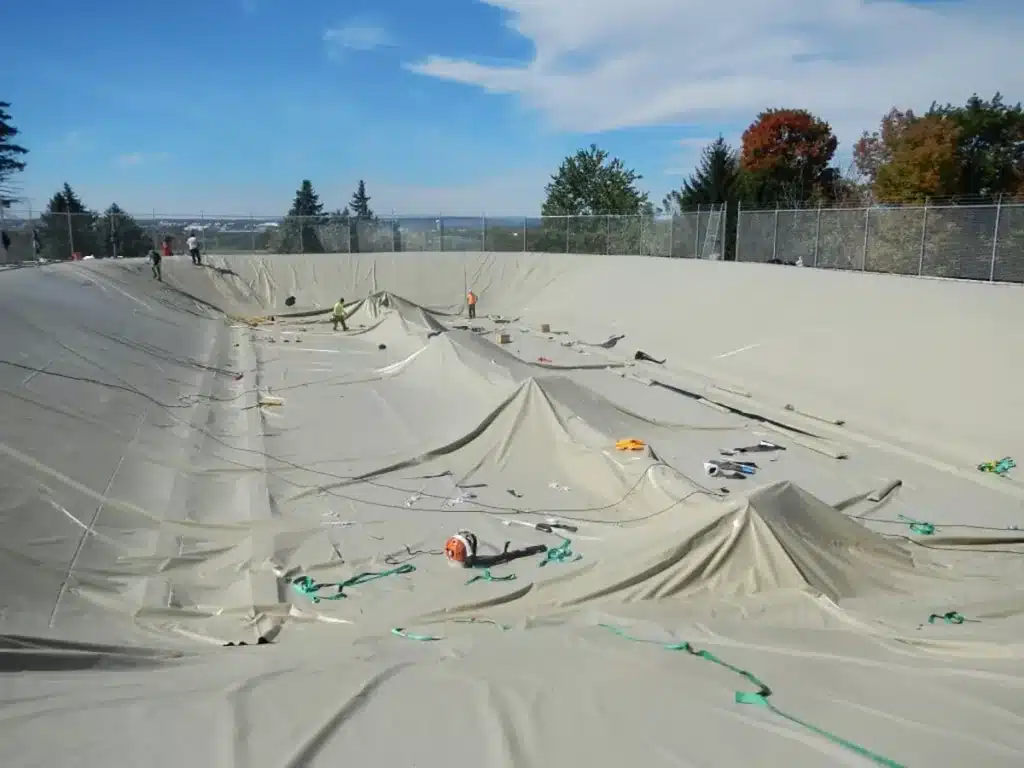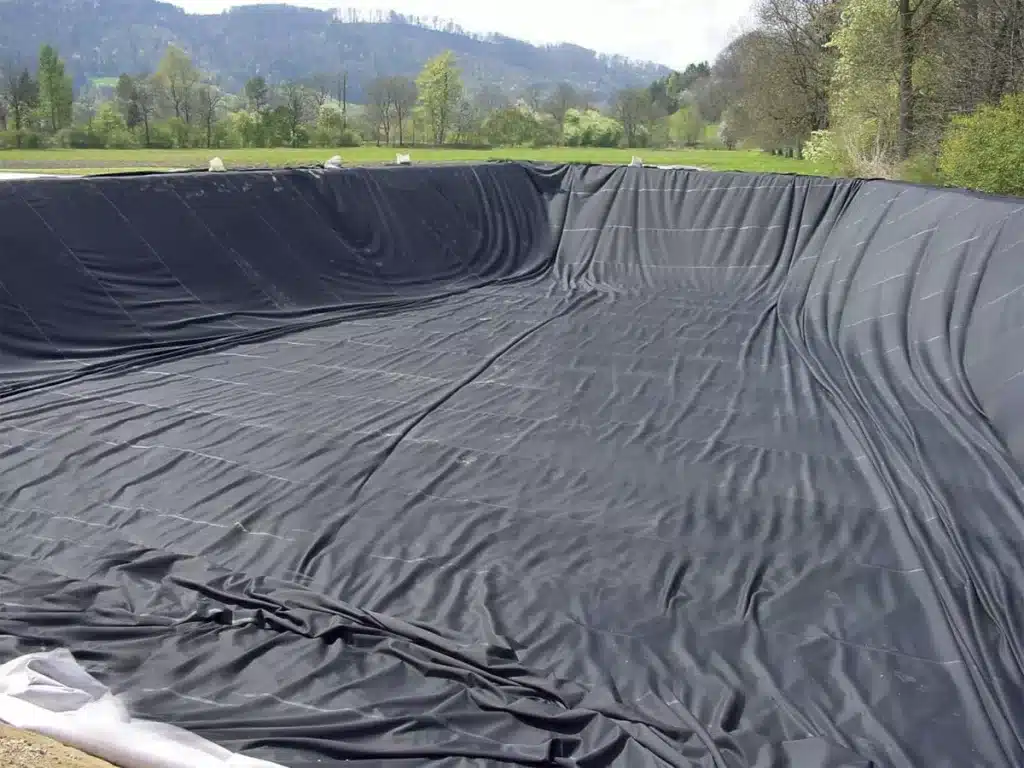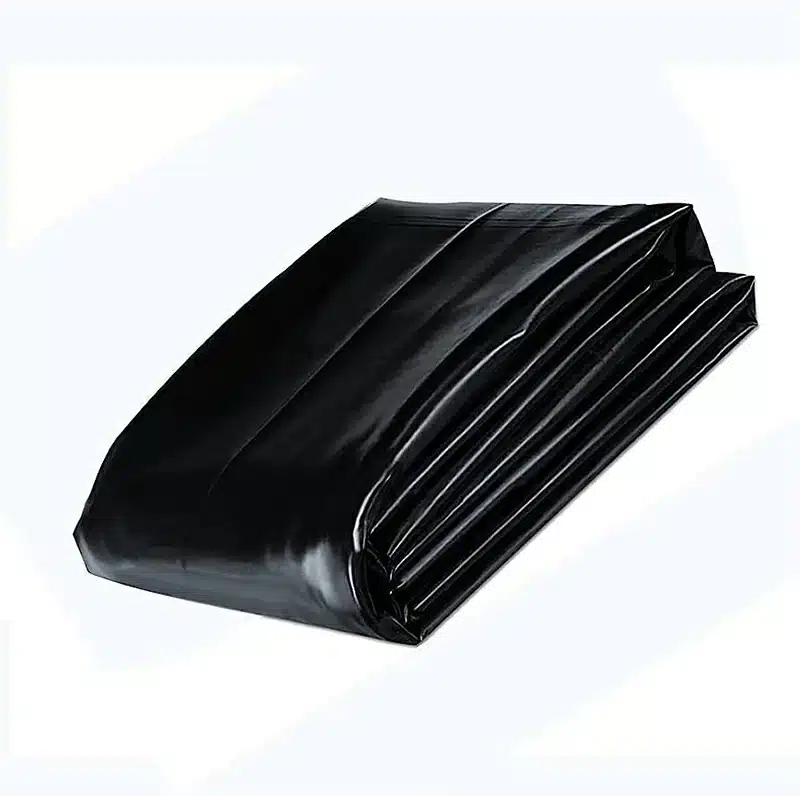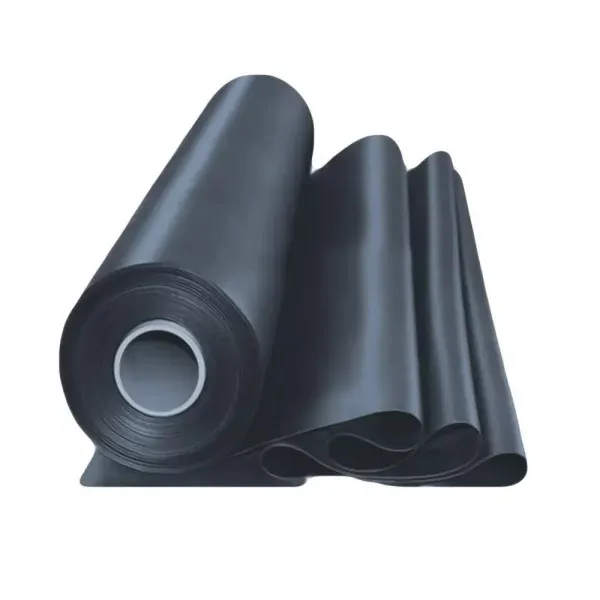Enhancing Sustainability with Geomembrane Landfill Covers
In the realm of environmental conservation and waste management, geomembrane landfill covers have emerged as an indispensable solution. These innovative covers, constructed from durable synthetic materials, play a crucial role in preventing soil and water contamination by effectively sealing off landfills. Geomembrane landfill covers not only serve as a robust barrier to contain hazardous substances but also contribute to the reduction of methane emissions, a potent greenhouse gas. Their versatility, durability, and cost-effectiveness have made them a preferred choice for landfill operators and environmentalists alike. With a focus on safeguarding the environment and promoting sustainability, geomembrane landfill covers are paving the way towards a cleaner, safer, and more eco-friendly future.

What is geomembrane cover?
A geomembrane cover, often referred to simply as a geomembrane, is a synthetic membrane designed to provide a highly impermeable and durable barrier for various containment applications. In landfills, geomembrane covers are used to seal and cap waste disposal sites, preventing the infiltration of rainwater and the escape of gases, thus protecting the environment and public health.
What Geomembranes are used in landfills?
Several types of geomembranes, including flexible polymeric sheets that can be welded together to form a continuous ‘bowl’ in a landfill site, are employed in landfill covers, including:
- High-Density Polyethylene (HDPE): HDPE geomembranes are popular due to their exceptional chemical resistance and high tensile strength. They are widely used in landfills to provide a robust barrier.
- Low-Density Polyethylene (LDPE): LDPE geomembranes are flexible and ideal for conforming to uneven surfaces, making them a suitable choice for landfill cover applications.
- Polyvinyl Chloride (PVC): PVC geomembranes are known for their durability and resistance to UV radiation, making them suitable for exposed landfill covers.
- Ethylene Propylene Diene Monomer (EPDM): EPDM geomembranes are synthetic rubber materials known for their flexibility and excellent weather resistance.

What are the different types of landfill covers?
Landfills employ a range of cover systems, which include a daily cover, an interim cover, and a final cover:
- Final Cover Systems: These are the topmost layers of the landfill, designed to prevent water infiltration and minimize gas emissions. They typically consist of geomembranes, protective soil layers, and vegetative covers.
- Temporary Covers: Used during active landfill operations, these covers reduce odor, dust, and vector attraction. They consist of geomembranes, compacted soil, and daily or intermediate cover materials.
- Intermediate Covers: These covers are installed periodically during landfill operations to minimize erosion, control runoff, and reduce gas emissions.
What are most landfills lined with?
Contemporary landfills incorporate a composite system, typically including a geomembrane, a Geosynthetic Clay Liner (GCL), a Geonet, a compacted clay liner, and either a smooth or textured HDPE, as well as Geotextile layers. This multi-layered approach forms a robust, impermeable barrier that effectively contains waste and prevents leachate from polluting the adjacent soil and groundwater.



Comments
Post a Comment